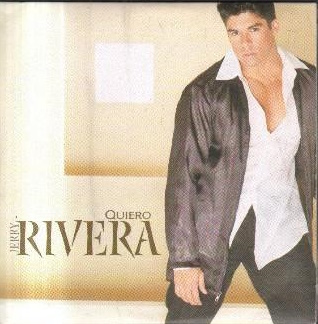

My blog doesn’t contain much electronic dance music, but I couldn’t let today’s song Essence fall through the cracks. Thanks to Jeff at Eclectic Music Lover, who has oftentimes been the source from which I have found wonderful new music, I was familiarised with this transcendental track by Canadian-American singer-songwriter Shimmer Johnson in collaboration with Danish electronic artist Refeci. He selected Essence as number 7 on his ‘100 best songs of 2023‘ list.
I will turn this post over to Jeff since I was unable to ascertain pertinent information about this song or these artists distinct from what Jeff what has already published. Jeff is ‘in the know’ as it were unlike yours truly. Also, such is his dedication to showcase new music he is often in contact with a lot of artists that he brings to the fore on his web site.
Refeci and Shimmer recently teamed up to create a captivating dance song “Essence“, released through the LOUDKLOUT label on February 17th. Refeci’s pulsating dance beats are overlain with hauntingly beautiful piano chords and gauzy atmospheric synths, creating a mesmerizing and sensuous soundscape for Shimmer’s enchanting ethereal vocals that transport us to a dreamy, faraway place. The simple lyrics speak to the importance of remaining true to oneself: “Don’t ever ever doubt your life. Make a wish and just believe. Find the path that’s right. It’s the essence of life.”
Refeci is a brilliant Danish DJ and electronic house music producer who’s been making music since his mid teens, both as a solo artist and a collaborator with numerous musicians and vocalists. Now 23 years old, he’s released an impressive amount of music since 2016, and five of his singles have garnered many millions of streams on Spotify alone.
Shimmer Johnson is a singer-songwriter and musician with the voice of an angel. Originally from Edmonton, Canada with professional ties to Los Angeles, Shimmer has an incredibly beautiful and resonant singing voice. In addition to her amazing vocal talents, she’s also a fine guitarist and pianist, and has collaborated with several songwriters and producers to create an impressive repertoire of outstanding songs over the past several years. She started out singing Country songs, but eventually branched out into adult contemporary pop, rock and dance music, all of which she manages to handle with ease. I’ve written about her numerous times on this blog, and one of the songs I’ve featured, her terrific dance single “Starts With You”, went all the way to #1 on my Weekly Top 30.
– Jeff at Eclectic Music Lover (Fresh New Tracks, Vol. 24 – 9fm, Callum Pitt, Refeci ft. Shimmer Johnson)












